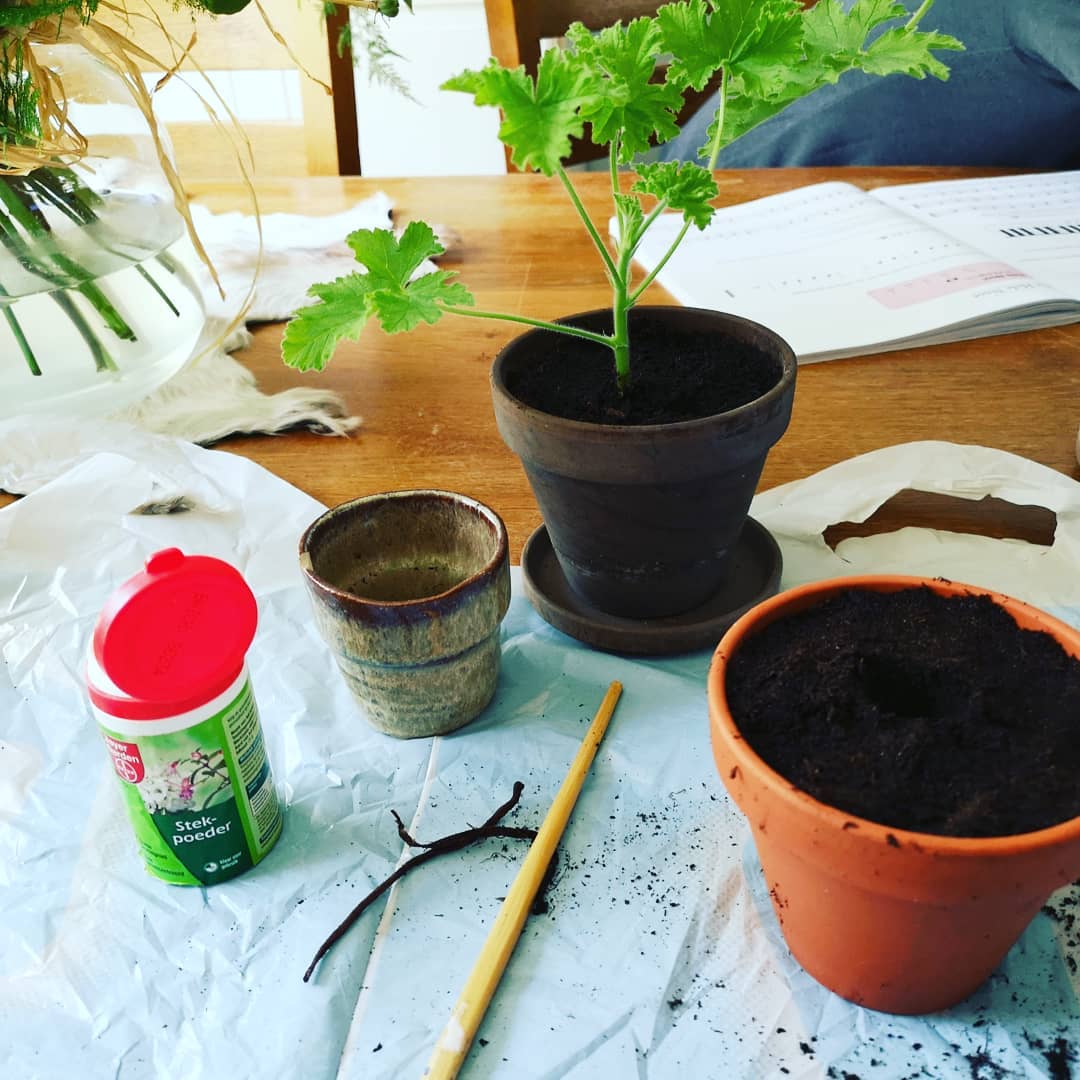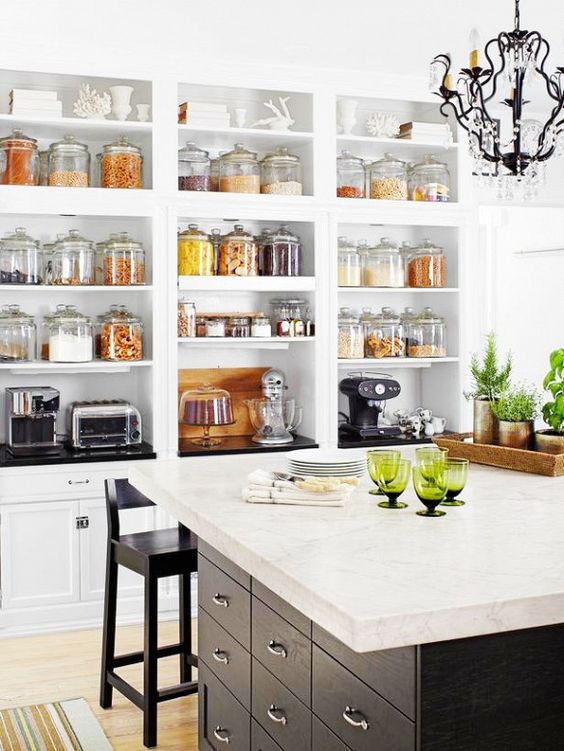How To Grow Your Own Vegetables?
Do you dream of harvesting your own vegetables, but have no idea what to do and where to start? Growing your own vegetables can be a great way to save some money.

Here are our 5 tips to help you grow the tastiest vegetables without the hassle.
Choose the right vegetables for you
Salad leaves are a big winner because they’re the easiest edible crop to grow and are super healthy. Ready to harvest in just three weeks. Courgettes is also a good idea as it is plentiful and simple vegetable. But our favorite is garlic; delicious, it adds flavor to every dish, and they’re pretty easy to grow.

Onions, garlic, cilantro, tomatoes, potatoes, carrots and fresh herbs are essential in our kitchen, many of them medicinal plants that you can grow yourself, and avoid an expense that throughout the year is usually quite high. Do you know that you can grow them yourself without paying more for them?
Find the right place for your vegetable patch
Firstly, go out in your garden and work out the best place for your veg patch, it doesn’t matter if your garden is small or big, there’s always a bit of space for a veg patch. We’d however advise a sunny, yet sheltered place.

Always keep in mind that many plants such as tomatoes, cucumbers, or strawberries need shelter from the wind, rain or even animals. If your garden is big enough, it could be a good idea to invest in a greenhouse or a polytunnel to keep them safe and help them grow. This would also help you to control the temperature, humidity and ventilation of their environment.
Get the tools
To look after your vegetables, you need to have the right tools so make sure you pop to your local garden center before end. From seeding to planting; there is a lot you need to think about. We would advise a hand trowel, fork, a good pair of gloves and secateurs.

Make it pretty!
A veg patch doesn’t have to look boring. You can grow your favorite vegetables and rival any rose garden. An easy way to dress up a vegetable garden is to give it an entrance… A beautiful rose-covered Arbor should do the trick. You can add flowers to your veg patch, not only to attract the beneficial bees but to add touch of colour to your garden. Include a bird feeder and a bird bath or fountain to attract robins, wrens, etc.

Growing your own vegetables can be fun and rewarding, all you need is a bit of practice and a lot of passion. However, it’s always important to follow the rules behind the science of gardening for a healthy harvest.
Our choices
This are very good choices to start with your home harvesting:
Egyptian onions
It is a self-cultivation, planting and ready, never again take care, do not have pests, do not have problems with the sun or the shadow, lack of space, little water, cold, resist everything and re-plant themselves year after year. These onions have small bulbs that grow on the top of the stem, when they are ripe they fall to the ground and are planted alone, hence their nickname of walking onions. When harvesting if the bulbs have not fallen we can remove them and use them as a seed for planting.

Citronella
To propagate this plant, put the roots in a glass of water, with direct sunlight. In a week, a new outbreak will begin to appear. Transplant it to a pot, well lit. You can pick it up when the stems reach about 30 cm. Cut what you need, and let it keep growing.

Ginger
We can plant ginger in our urban garden in pots easily. Plant a piece of ginger rhizome in a pot with soil, with the newest shoots up. If a green sprout has already come out in ginger, you just have to plant it directly without having to soak it in water. We can also use it as an ingredient in our own homemade air freshener.

One of the advantages of growing ginger at home is that it is a plant that grows well without the need for direct sunlight, so we can grow it indoors.
Coriander

Coriander stems grow when you put them in a glass of water. Once the roots are long enough, plant them in a pot with good lighting.






